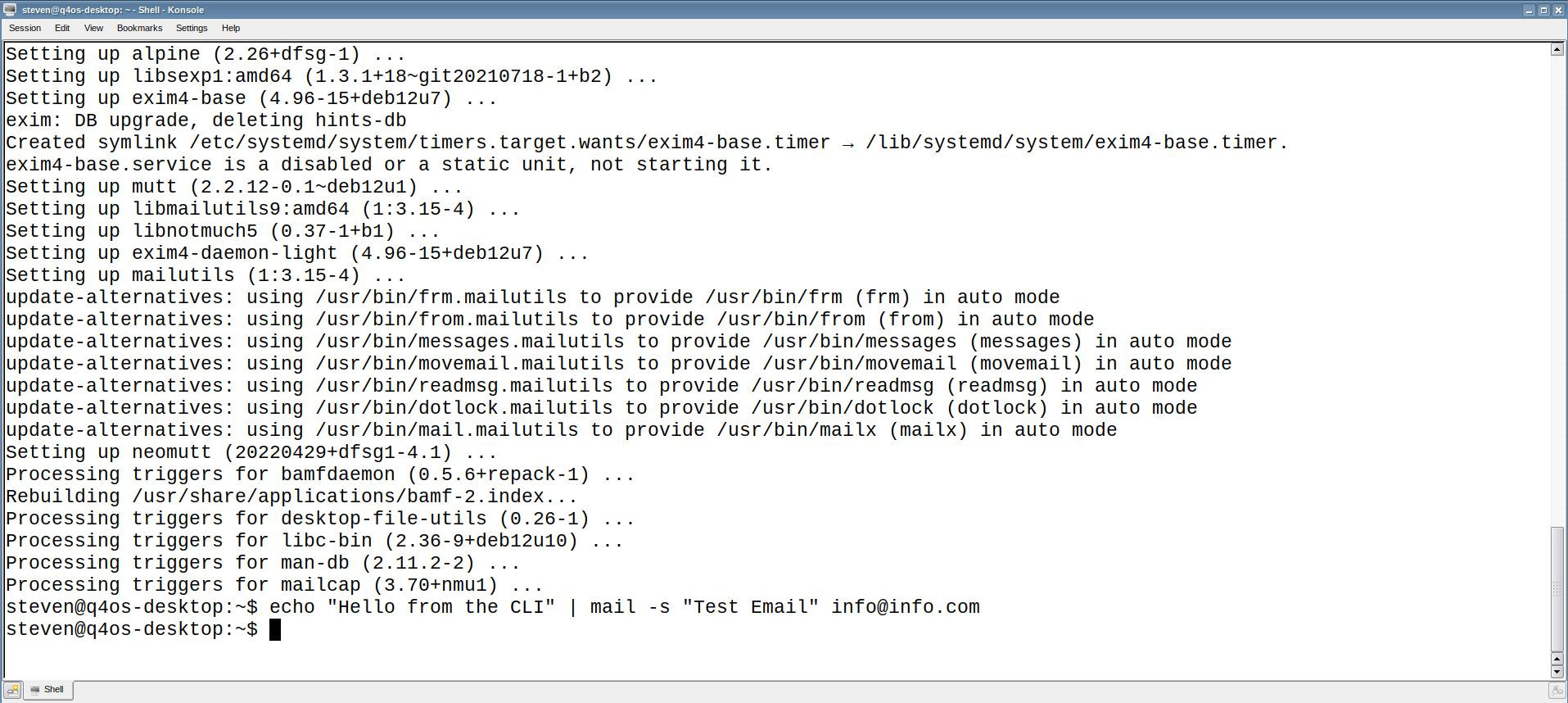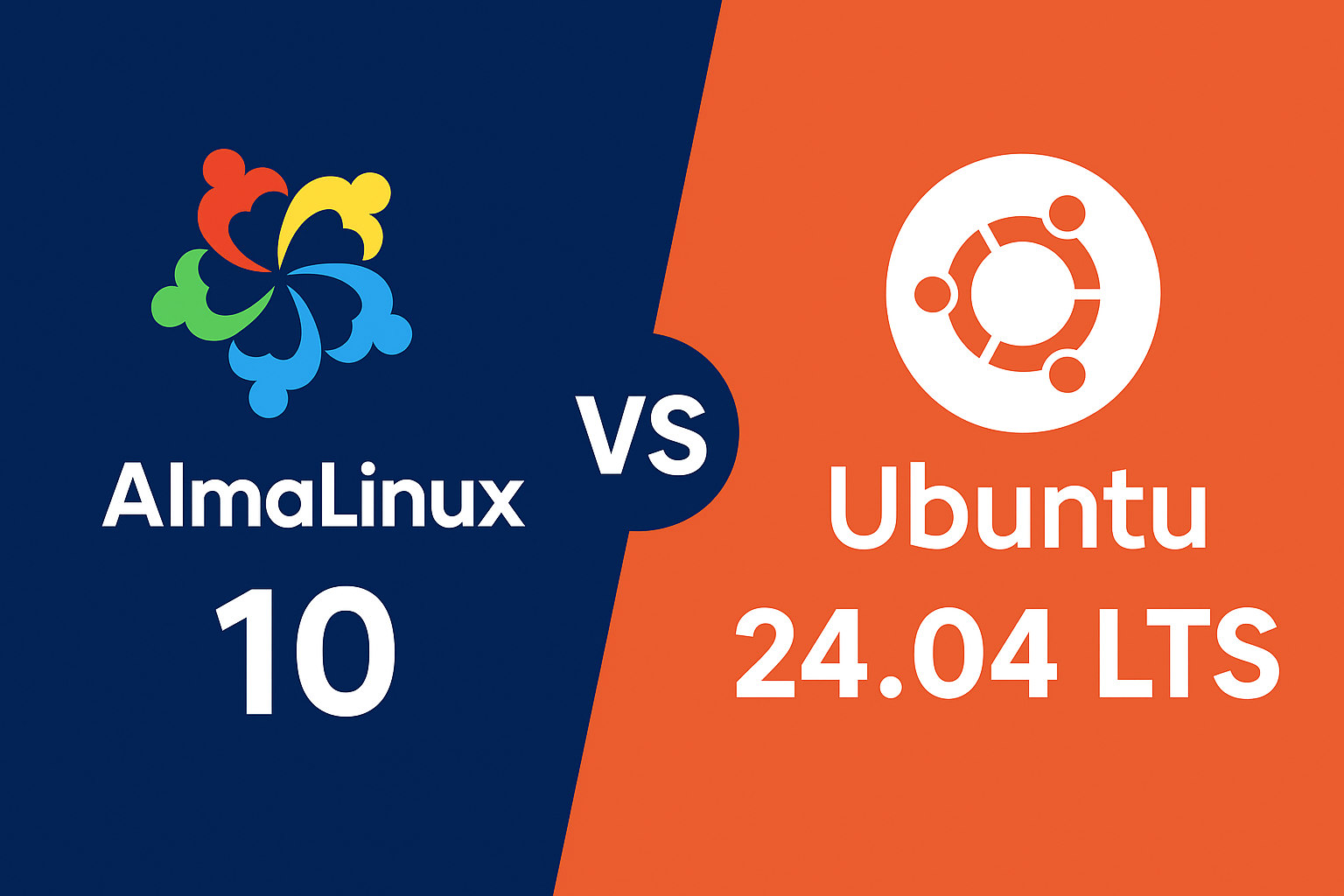For many system administrators, developers, and Linux power users, the command line remains the most efficient way to manage tasks—including email. Whether you want to send a quick notification, monitor server activity, or fully manage your inbox, Linux offers a range of command-line email clients.
Let’s explore the most popular tools, how to install them, and what makes each one useful.
Why Use Email from the Command Line?
While modern desktop clients like Thunderbird and Evolution provide a graphical experience, the command line offers:
- Speed: Send quick emails without opening a full GUI.
- Automation: Integrate email into shell scripts and cron jobs.
- Remote access: Manage email on headless servers via SSH.
- Lightweight efficiency: Perfect for low-resource environments.
Popular Command-Line Email Tools
1. mail (also known as mailx)
- One of the oldest and simplest tools for sending mail.
- Great for scripting and automated system alerts.
- Typically preinstalled on many distributions.
Basic usage:
echo "System check completed successfully" | mail -s "Server Report" user@example.com
2. mutt
- A powerful terminal-based email client with IMAP/POP3 support.
- Provides folder management, search, and PGP encryption.
- More interactive compared to
mail.
Example:
mutt -s "Log Report" user@example.com < /var/log/syslog
3. neomutt
- A modern fork of
muttwith additional features. - Supports advanced filtering, sidebar, and better security options.
- Often preferred by users who want mutt’s power with modern improvements.
4. alpine
- A continuation of the famous Pine email client.
- Known for its user-friendly menus and ease of use.
- Lightweight but still very capable.
Installation Instructions
On Debian/Ubuntu (and derivatives like Linux Mint, Pop!_OS):
sudo apt update
sudo apt install mailutils mutt neomutt alpine -y
On Fedora:
sudo dnf install mailx mutt neomutt alpine -y
On Arch Linux and Manjaro:
sudo pacman -S mailutils mutt neomutt alpine
On openSUSE:
sudo zypper install mailx mutt neomutt alpine
Common Use Cases & Tips
| Scenario | Recommended Tool | Example |
|---|---|---|
| Simple alert | mail | echo "Done!" | mail -s "Alert" you@example.com |
| Add attachment | mutt or mail | mutt -s "Log file" -a sys.log -- you@example.com < body.txt |
| Scripted system reports | mailx with MTA configured | Cron jobs sending nightly reports |
| Deep email control | Plain sendmail | Custom headers and structured content |
| Developers needing SMTP flexibility | mutt + SMTP config | Send from Git hooks or CI pipelines |
Best Practices
- Always include proper headers (To, From, Subject) for compatibility.
- Test email delivery with a cURL SMTP test or check mail logs (
/var/log/mail.log). - Avoid spam filters: use authenticated SMTP, proper sender domains, and email headers.
- Leverage automation: integrate email commands inside Bash scripts for alerts and logging.
- Secure credentials: if using SMTP authentication (e.g., Gmail), store passwords in secured config files—not inline.
Frequently Asked Questions (FAQ)
Q1: Which tool is best for beginners?
- If you want something simple, start with
mail. For a friendlier interactive experience,alpineis a great choice.
Q2: What’s the difference between mutt and neomutt?
neomuttis essentiallymuttwith more features and active development. If you’re just starting, go withneomutt.
Q3: Can I send attachments from the command line?
- Yes. For example, with
mutt:mutt -s "Report" -a report.pdf -- user@example.com < message.txt
Q4: Do I need an SMTP server to send mail?
- Many commands require a configured mail transfer agent (MTA) like
Postfixormsmtp. For simple scripts, using an external SMTP relay (e.g., Gmail, your ISP) is often easiest.
Q5: Can these tools check my inbox too?
- Yes, especially
mutt,neomutt, andalpine, which support IMAP and POP3.
Q6: Are these tools secure?
- Most support SSL/TLS for secure connections. For sensitive use cases, configure them with encryption (like GPG/PGP).
Final Thoughts
Email on the Linux command line is a blend of tradition and efficiency. Whether you’re using the lightweight mail, the powerful neomutt, or the approachable alpine, you’ll find a tool that matches your workflow. For quick notifications, automated alerts, or full inbox management, the terminal remains a reliable and flexible option.
Take it further: compose workflows that notify you when tasks complete, monitor servers, enable builds to alert you by email—your Linux shell just became even more powerful.

The Rise of AI-Enhanced Operating Systems: Linux and Beyond
SELinux Demystified: A Deep Dive into Kernel-Level Security 2025
Security-Enhanced Linux (SELinux) is one of the most powerful—and often misunderstood—security mecha…
Send Email from the Linux Terminal Command Line
For many system administrators, developers, and Linux power users, the command line remains the most…
AlmaLinux 10 vs Ubuntu 24.04 LTS for hosting
Here’s how AlmaLinux 10 stacks up against Ubuntu 24.04 LTS for VPS hosting—focusing on stability and…


